Figures & data
Figure 1. Example scanpaths for sentence and passage reading.
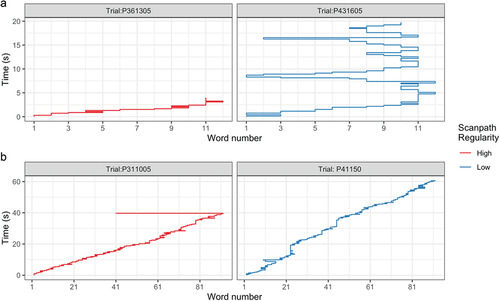
Figure 2. Examples of scanpath variance maps.
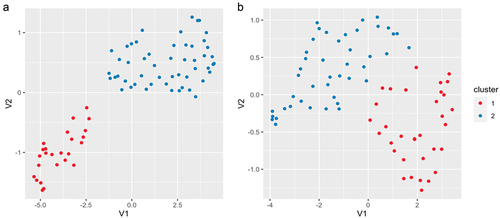
Table 1. Summary statistics of comprehension scores.
Figure 3. Examples of scanpaths across tests and comprehension levels.
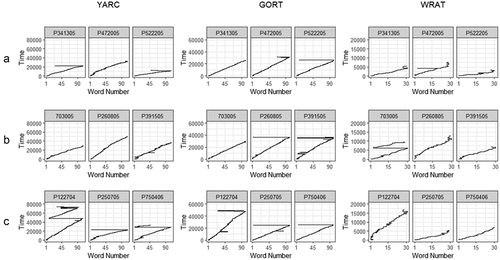
Figure 4. Examples of typical and atypical scanpaths.
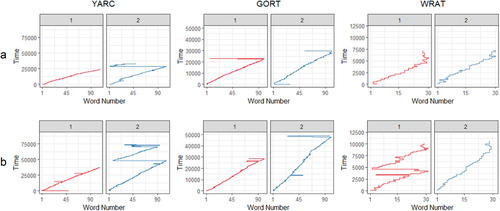
Figure 5. Stability of predictors across measures.
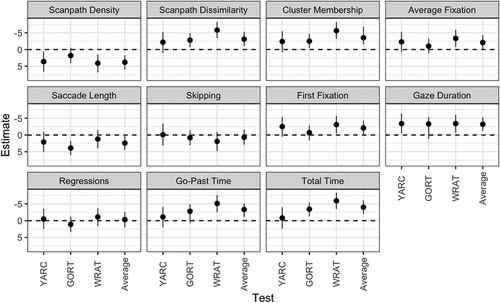
Table 2. Estimates from single-predictor regressions.
Table 3. YARC: intercepts and estimates of the best ten models and full model.
Table 4. GORT: intercepts and estimates of the best ten models and full model.
Table 5. WRAT: intercepts and estimates of the best ten models and full model.
Table 6. Average: intercepts and estimates of the best ten models and full model.
